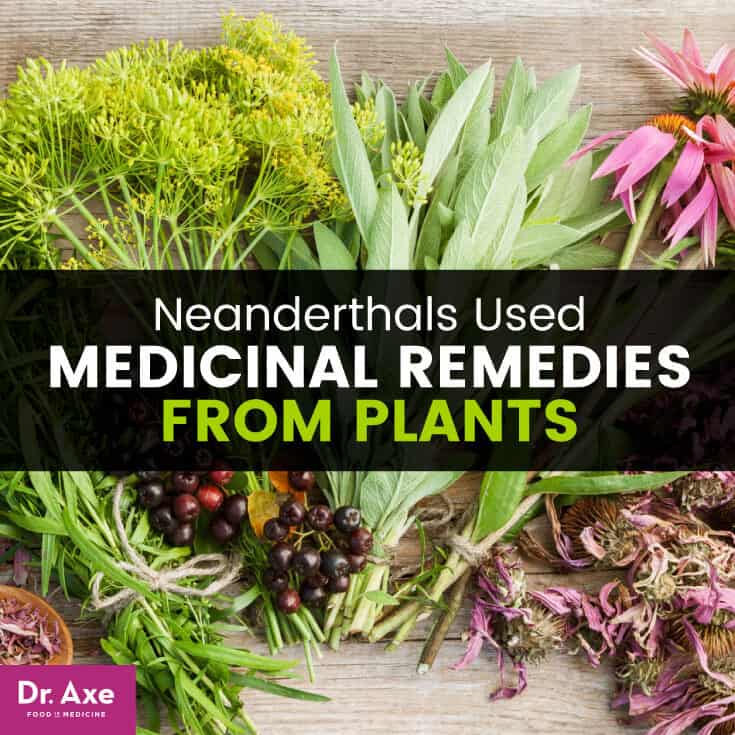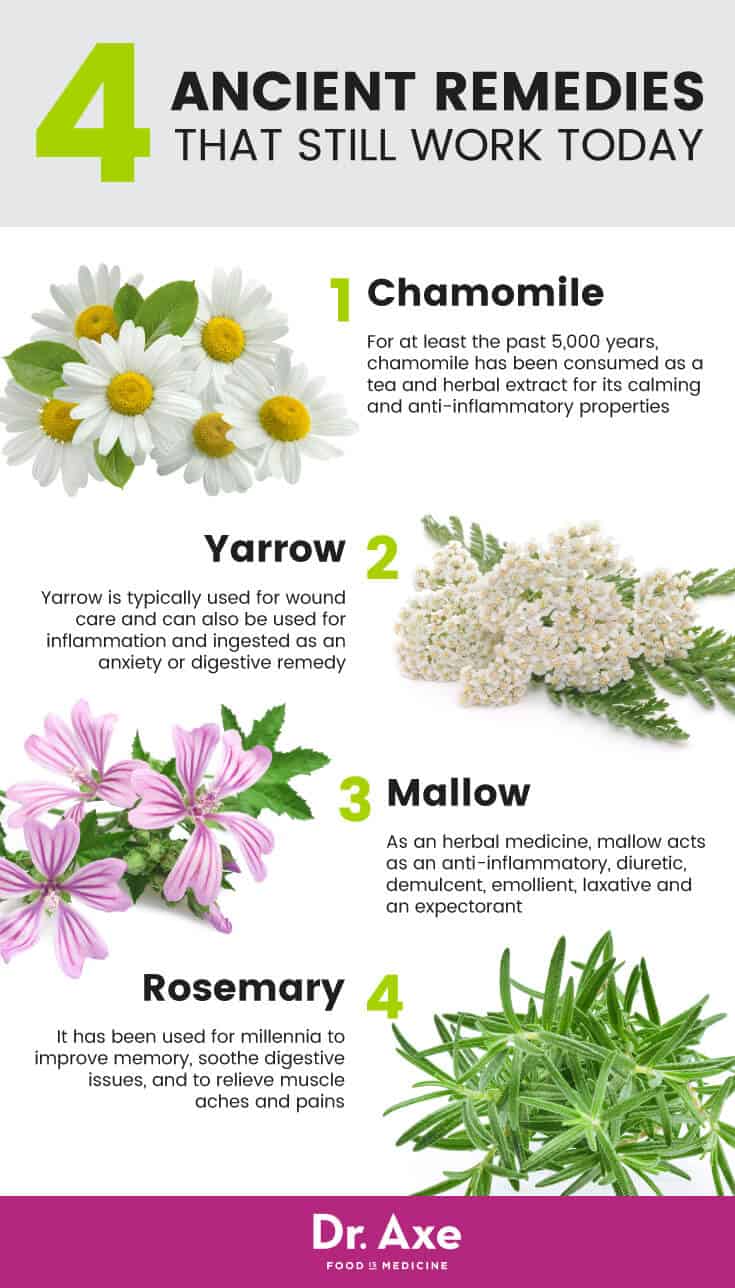This Dr. Axe content is medically reviewed or fact checked to ensure factually accurate information.
With strict editorial sourcing guidelines, we only link to academic research institutions, reputable media sites and, when research is available, medically peer-reviewed studies. Note that the numbers in parentheses (1, 2, etc.) are clickable links to these studies.
The information in our articles is NOT intended to replace a one-on-one relationship with a qualified health care professional and is not intended as medical advice.
This article is based on scientific evidence, written by experts and fact checked by our trained editorial staff. Note that the numbers in parentheses (1, 2, etc.) are clickable links to medically peer-reviewed studies.
Our team includes licensed nutritionists and dietitians, certified health education specialists, as well as certified strength and conditioning specialists, personal trainers and corrective exercise specialists. Our team aims to be not only thorough with its research, but also objective and unbiased.
The information in our articles is NOT intended to replace a one-on-one relationship with a qualified health care professional and is not intended as medical advice.
Neanderthals Used Medicinal Remedies from Plants
April 10, 2017
Updated: June 20, 2017

Ever chew on a piece of bark to stop a headache? Our prehistoric cousins may have done just that, as evidence shows Neanderthals used medicinal remedies from plants. A recent study shows evidence that Neanderthals used medicinal remedies. Researchers from the University of Adelaide’s Australian Centre for Ancient DNA and Dental School collaborated with other scientists at the University of Liverpool in England to study the dental plaque stuck in teeth that belonged to some Neanderthals from sites in Belgium and Spain. (1)
Studying this plaque is a way to research the microorganisms that lived in these ancient mouths and the pathogens that inhabited their lungs and gastrointestinal tracts. In addition to these microbes, scientists can also discover and study the remnants of the foods and, as this study discovered, the medicines these Paleo inhabitants were consuming.
Paleo Remedies Revealed in Prehistoric Teeth
In the study, Neanderthal Behavior, Diet and Disease Inferred from Ancient DNA in Dental Calculus, this international team from Australia and England sequenced the ancient DNA from five specimens of Neanderthal calcified dental plaque, or calculus. The researchers wanted to study the regional differences in diet and exposure to microbes. The team learned that Neanderthals at Spy Cave, Belgium, ate a heavily meat-based diet of woolly rhinoceros and wild sheep. The Neanderthals at El Sidrón Cave, Spain, however, appeared to be forest gatherers with a diet of mushrooms, pine nuts and moss. (2)
One of the most fascinating discoveries found in the El Sidrón Cave was a male jawbone with a visible dental abscess. This jawbone was interesting because the dental plaque found in its teeth showed evidence of an intestinal parasite that causes acute diarrhea. Even more intriguing was evidence that he was chewing on poplar, which contains the painkiller salicylic acid. In fact, salicylic acid is an active ingredient in aspirin. Perhaps even more surprising, researchers also found traces of a natural antibiotic mold, penicillium. Penicillium is the mold from which the antibiotic, penicillin, is derived. Clearly, it seems very likely that Neanderthals used medicinal remedies.
Previous research into the lifestyle of prehistoric peoples has also indicated that Paleo dwellers were aware of the healing properties of various herbs. A study published in Naturwissenschaften in August 2012 revealed evidence of medicinal plant use among Neanderthals. During this research into yet more prehistoric dental plaque, researchers discovered traces of pigments and bitter-tasting appetite suppressants. These compounds included yarrow and chamomile, both known in current natural medicine as useful herbal remedies. The scientists proposed that the Neanderthal inhabitants of El Sidrón had a “sophisticated knowledge of their natural surroundings.” This knowledge included both the nutritional and medicinal value of certain plants. (3)
Scientists have also studied prehistoric poop as another means to uncover clues to the Neanderthal diet. (4) Researchers were studying ancient hearths in southern Spain when they unexpectedly discovered some 50,000-year-old fossilized feces, known as coprolites. When scientists studied samples in the lab, they found not only the expected traces of fats associated with meat and bacteria that aid in the digestion of meat, but also bacteria that aids in the digestion of plants and some compounds that were clearly from plants. Prior to this discovery, paleontologists generally thought Neanderthals were strictly meat eaters; this study was the first to result in clear data that they were, in fact, omnivorous.
Despite this knowledge of healing plants, life spans were not long during prehistoric times. Life spans ranged from 25 to 40 years, and men lived longer than women. Some of the diseases and conditions that were likely common during this period include: (5)
- Osteoarthritis
- Micro-fractures of the spine and spondylosis
- Hyperextension and torque of the lower back
- Infections and complications
- Rickets
As noted, anthropologists and paleontologists now have evidence that not only did they eat plants, but Neanderthals used medicinal remedies as well. Explorers of present-day archeological sites in Iraq have uncovered evidence that tribes in the region used yarrow and mallow about 60,000 years ago. Yarrow is an astringent and likely would have been applied to clean wounds and cuts. Mallow is known for its colon-cleansing properties, so it likely was used to relieve digestive ailments.
Additionally, there’s evidence from other parts of the world that rosemary was also used as a medicinal herb for various uses. Rosemary can be used for many purposes, so how it was used likely would have depended on the specific location.
Finally, traces of birch polypore, a fungus that grows on birch trees, was found within the remains of a mummified man. (6) It can cause diarrhea when eaten, which may indicate that it was consumed as a laxative. Clearly, these distant Paleo cousins were more sophisticated than might be initially assumed. The herbal knowledge that was nascent in these very early tribes was the beginning of the extensive natural healing knowledge we have today.
4 Ancient Remedies that Still Work Today
1. Chamomile
For at least the past 5,000 years, chamomile has been consumed as a tea and herbal extract. Chamomile that’s sold for human consumption is usually the dried flowers of the Matricaria species. It has calming and anti-inflammatory properties. This makes it a great choice for alleviating anxiety and insomnia, among other uses. One very simple way to use chamomile is to steep it in a tea bag placed in hot water for a soothing tea. There are many other ways to use chamomile as a home remedy.
2. Yarrow
Closely related to chamomile is yarrow (Achillea millefolium), a culinary and medicinal herb that was once eaten as a vegetable. Yarrow is typically used for wound care. It can also be used for inflammation and ingested as an anxiety or digestive remedy. Fresh yarrow leaves can be used for nosebleeds and applied to cuts and wounds. Pregnant and breast-feeding women should not take yarrow, and do not give it to children under 5 years old.

3. Mallow
The common mallow plant is very similar to marshmallow. It’s a wild edible that’s part of the family of Malvaceae plants, which also includes cotton, okra and hibiscus, as well as other kinds of mallows besides common mallow. All parts of the mallow plant are edible, and the roots can be boiled in water to create a thick mucus.
When beaten this substance makes a fluffy, meringue-like vegan substitute for egg whites. As an herbal medicine, mallow acts as an anti-inflammatory, diuretic, demulcent, emollient, laxative and expectorant. One way to use marshmallow is to mix it into a skin ointment or balm to soothe chapped, dry or wounded skin.
4. Rosemary
One of the most powerful, common herbs in the world, rosemary (Rosmarinus officinalis) is native to the Mediterranean. It’s been used for millennia to improve memory, soothe digestive issues, and relieve muscle aches and pains. These days it’s also an ingredient in many skin and hair care products.
One of the easiest ways to use rosemary for home remedies is as an essential oil. Try putting five drops of rosemary oil on your scalp and massaging it in after a shower to help thicken your hair. Rosemary oil is not recommended for children under 4 years old.
Final Thoughts on the News Neanderthals Used Medicinal Remedies from Plants
Thanks to evidence found in prehistoric dental plaque, there appears to be no doubt that Neanderthals used medicinal remedies. These prehistoric, Paleo cousins of ours used plants for food and health. Some of the same plants are still used today for their nutritional and medicinal purposes.
Plants such as chamomile, yarrow, mallow and rosemary have been used for thousands of years. You can try some of these simple herbal remedies at home, but be sure to consult with your natural healthcare provider before using herbal remedies on children.
Read Next: How Much Did Our Ancestors Sleep? Way More Than Us?
[webinarCta web=”hlg”]
